I remember reading that engineering is "doing for a dime, what any fool can do for a dollar".
With that in mind, I'm not trying to reinvent the wheel, just cut a few corners (hah!). I want to show my friends here that robotics isn't something super expensive that requires ordering foreign-designed kits: it's something the average engineering class in this city can easily afford to do, has the know-how to do, and moreover all the parts can be sourced from local markets.
Features I want:
-Powerful ARM computer running Debian or Ubuntu
-Wifi connectivity (4G if budget allows, but smartphones that can act as wifi hotspots are ubiquitous here anyway)
-4+ hour battery life off of lead-acid, and ability to accept a wide range of power sources.
-Easy to turn into a budget telepresence bot for educational purposes (conferences, guest speakers in classrooms)
-Custom servomotor controller
-Webcam
-Entropy-resistant chassis
I've named this project 'Robotics for the Rest of Us' because I don't have the budget to build something with cool features from a kit, and maybe other people are in a similar situation... but also like me have no previous experience in robotics!
License: I release all code, schematics, circuit diagrams, and methods developed as part of this project under a Creative Commons Attribution 4.0 International License.
 It's ugly, high latency, and literally caught on fire the first time I tried it. At least the instructions are clear and optimistic (Press buttons!).
It's ugly, high latency, and literally caught on fire the first time I tried it. At least the instructions are clear and optimistic (Press buttons!).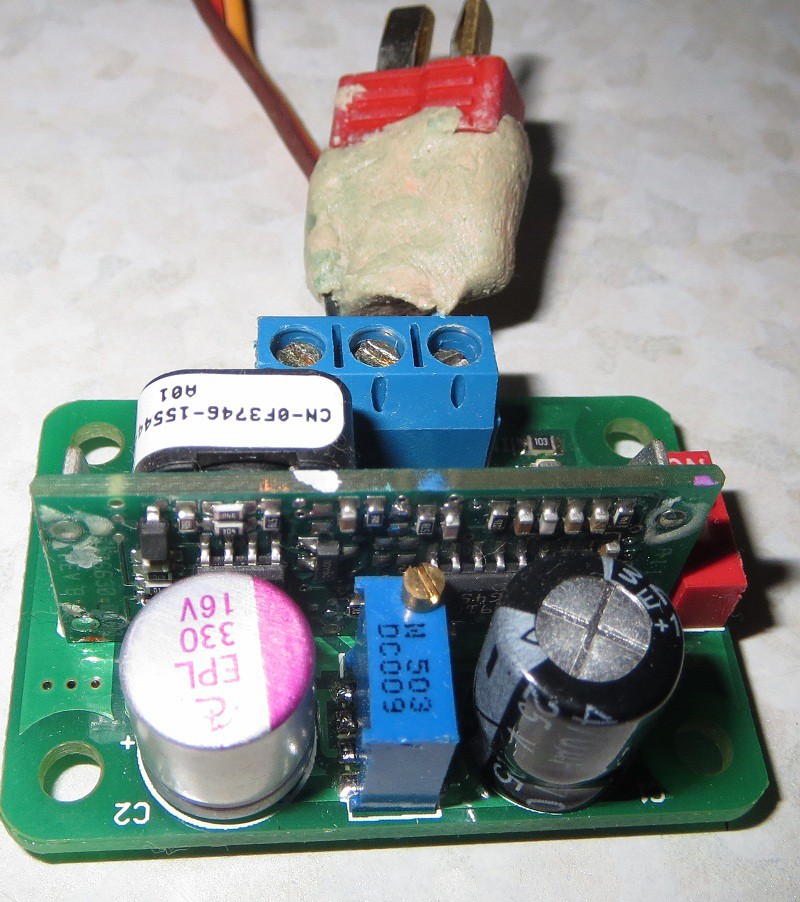
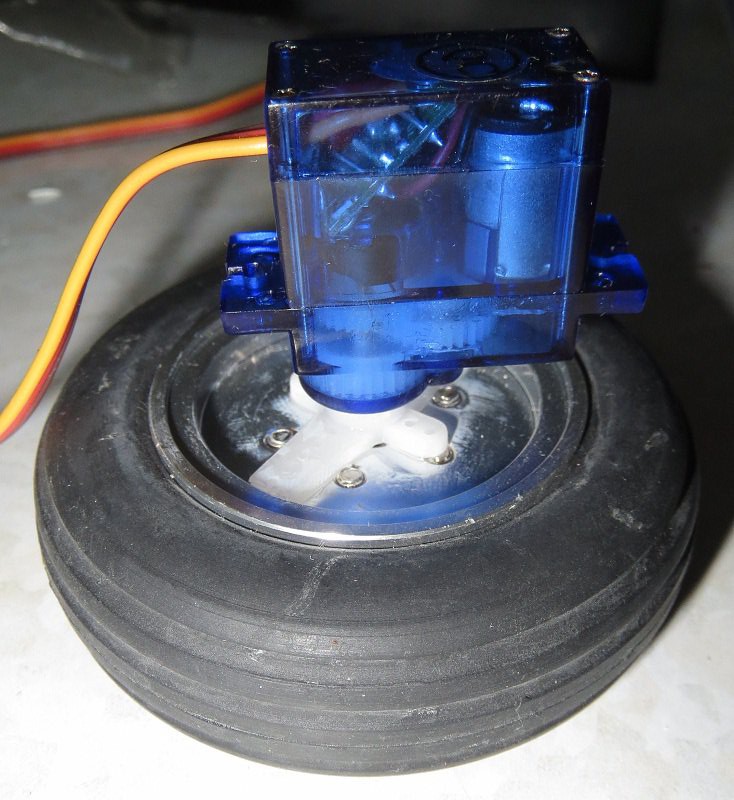
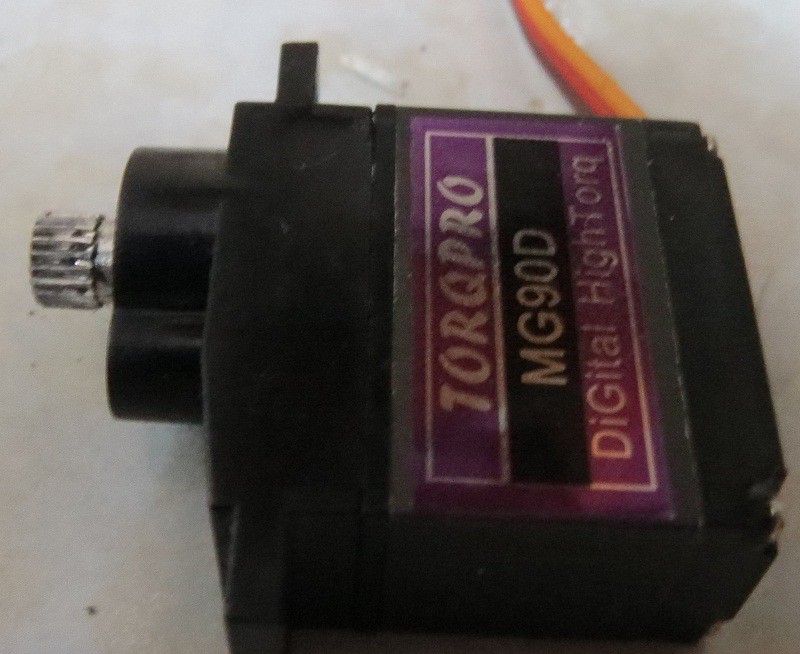 As another added
benefit, this design means basic movement only requires 2 servo control
signals. Currently, movement works but needs improvement.
As another added
benefit, this design means basic movement only requires 2 servo control
signals. Currently, movement works but needs improvement.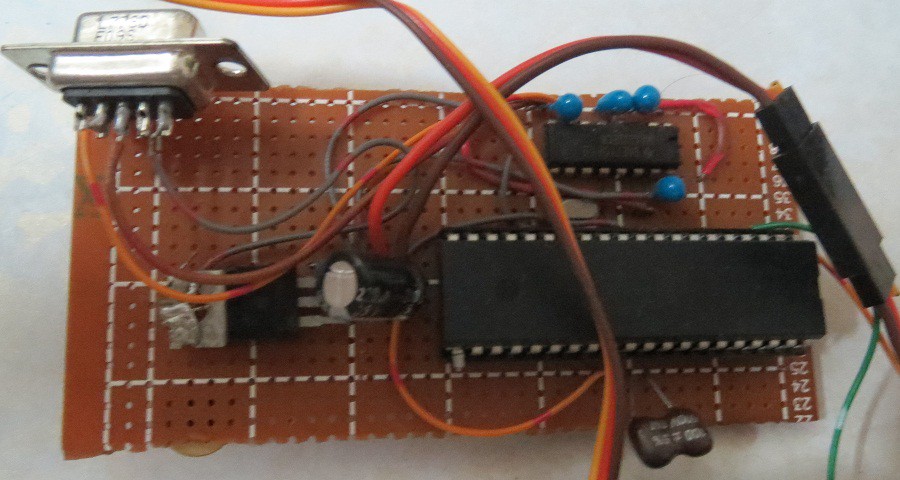
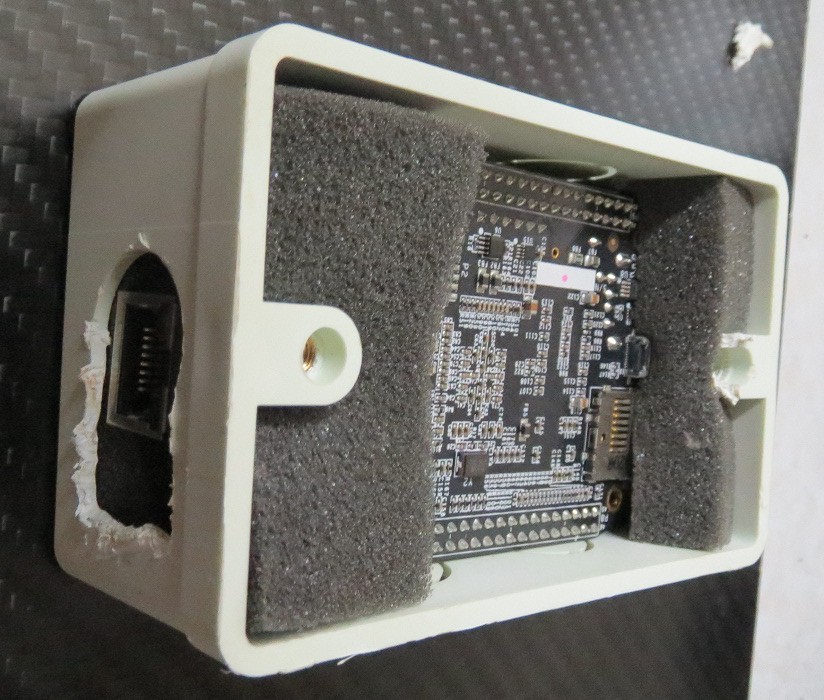
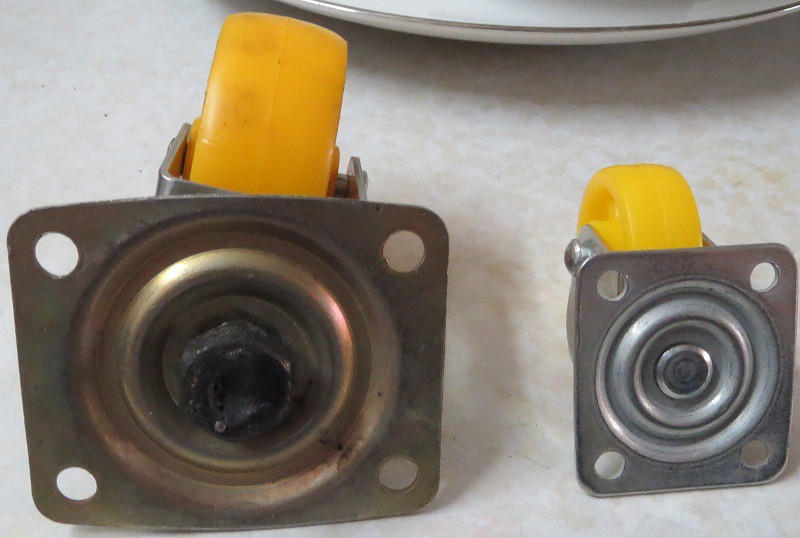
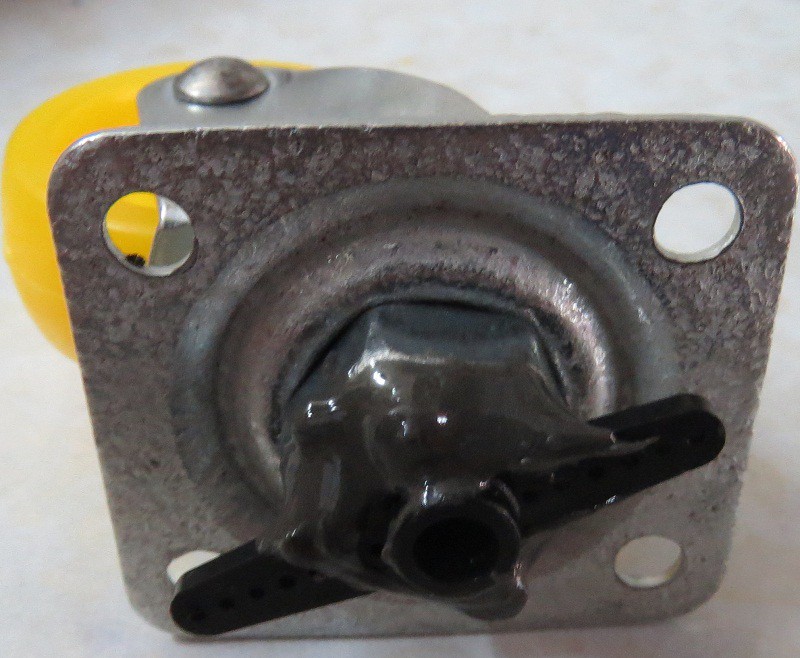
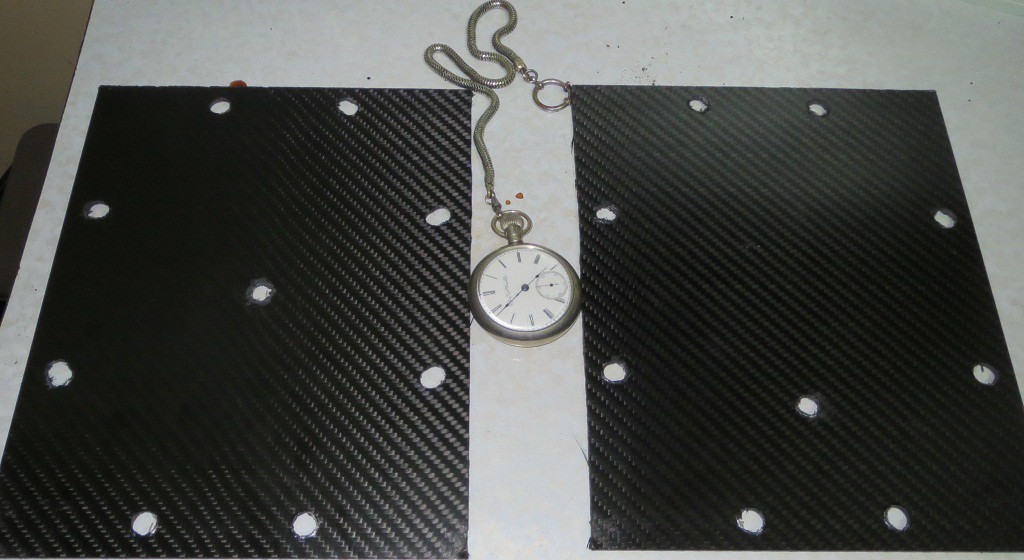
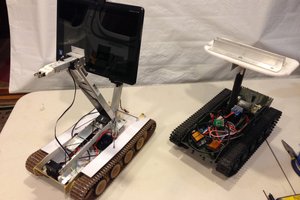
 JackRC
JackRC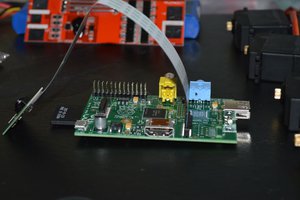
 8bithalfadder
8bithalfadder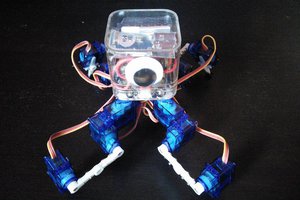
 deʃhipu
deʃhipu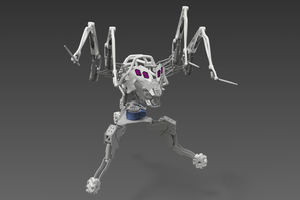
 Val
Val